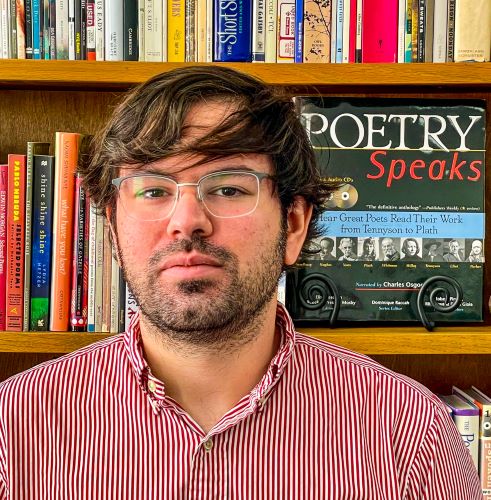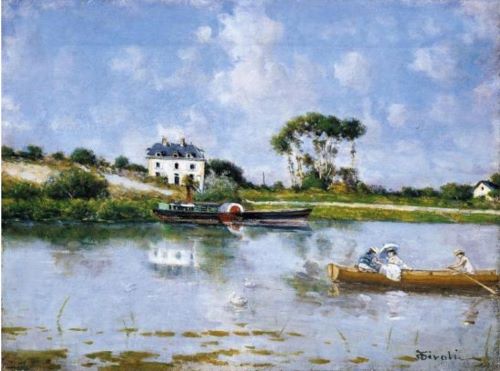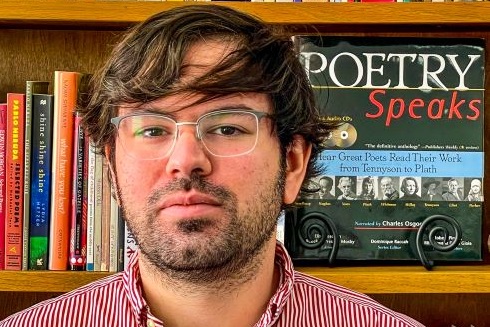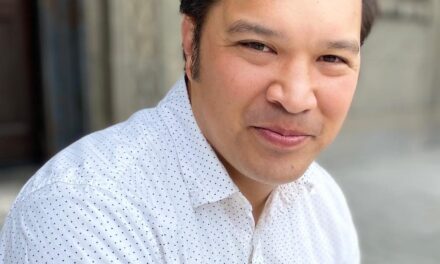
Assistant Editor Haley Crigger: The art of evasion is a tricky dance, a pas de deux requiring the utmost trust between poet and reader. In only ten lines of simple, declarative verse—and in truly Langston Hughes-like fashion—”After The Seine at Beaugival” leads us into the rhythms of absence, desperation, resolve, and light. And in a totally original move, the speaker remains just out of sight, perhaps behind us, looking over our shoulders, prompting us again and again to question what we see.
To hear Vincent read his poem, click here:

After The Seine at Beaugival
I went down to the river,
—Langston Hughes, from “Life is Fine”
I set down on the bank.
I tried to think but couldn’t,
So I jumped in and sank.
The children aren't here. They are laughing. The adults are on a canoe. Their arms are bare. The children are at home. They are singing. The river reflects faces. They could be ancestral, they could be ours distorted in ripples. The man is paddling, the house is caving in on its stilts. The mountains are rising. The cypress will save us. The children are laughing. The reflection is blue.
Vincent Frontero (he/him) is a poet, teacher, and translator originally from Spring Lake, New Jersey. He is currently an instructor of English at the University of South Carolina–Sumter. His poems and translations can be found or are forthcoming in the Georgia Review, Los Angeles Review, The Cape Rock, and elsewhere.
For more miCRo pieces, CLICK HERE











